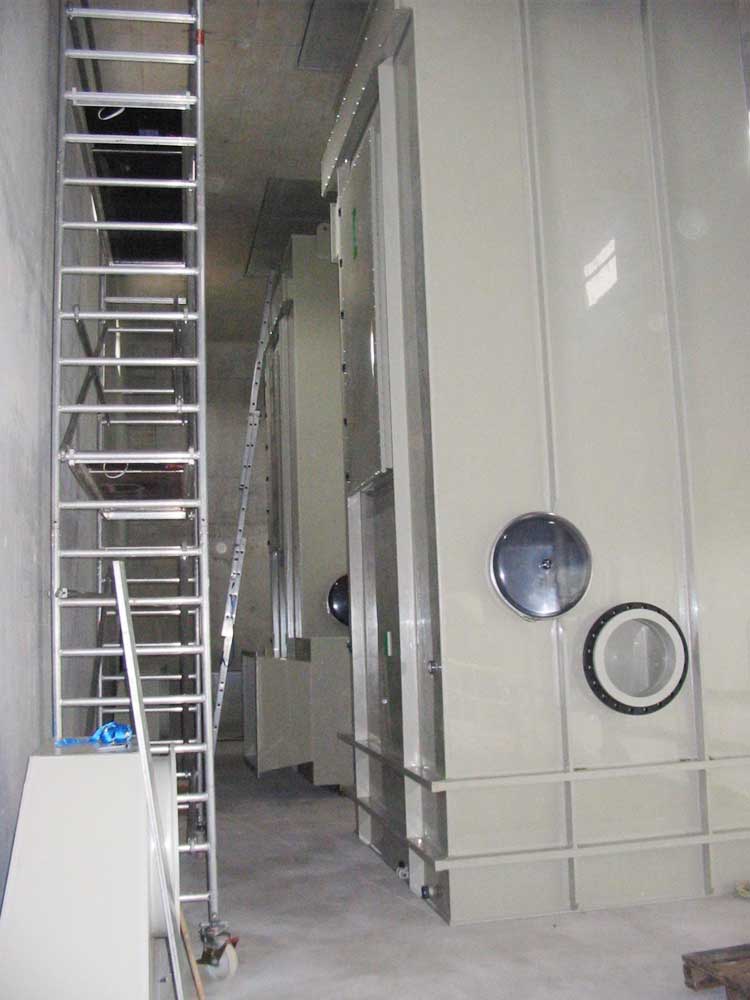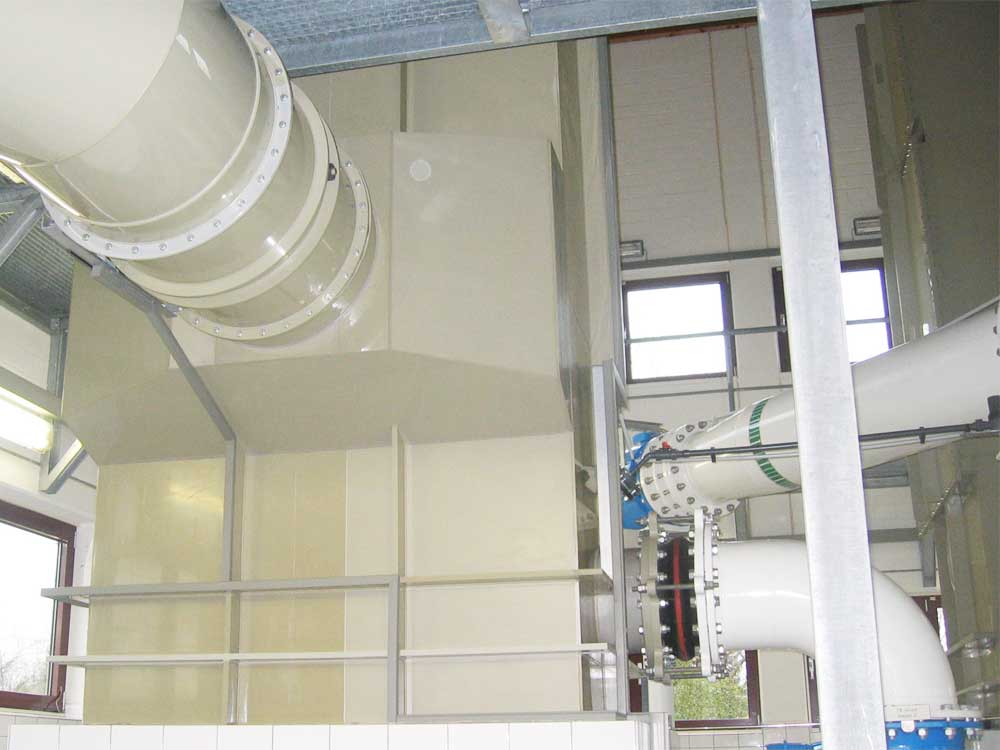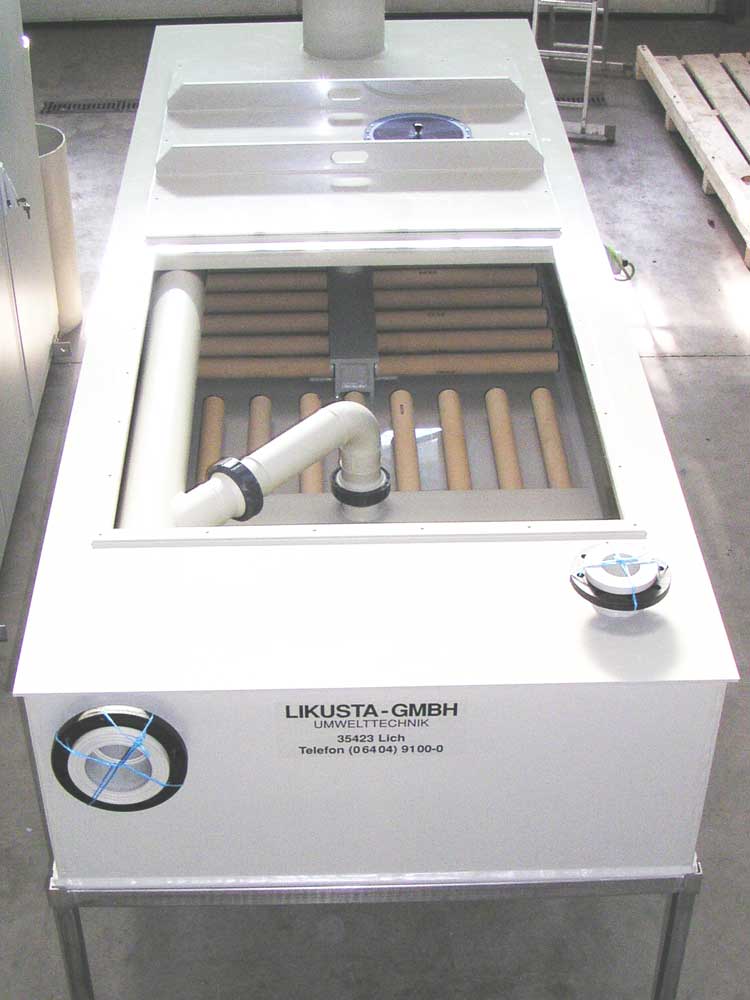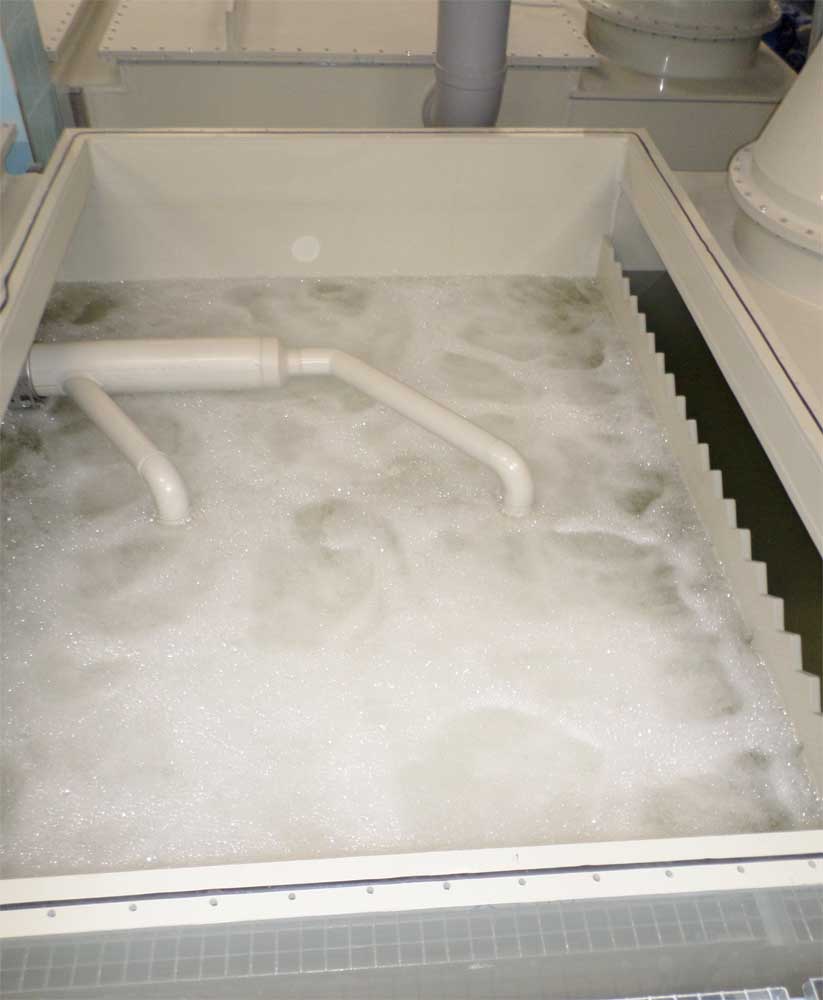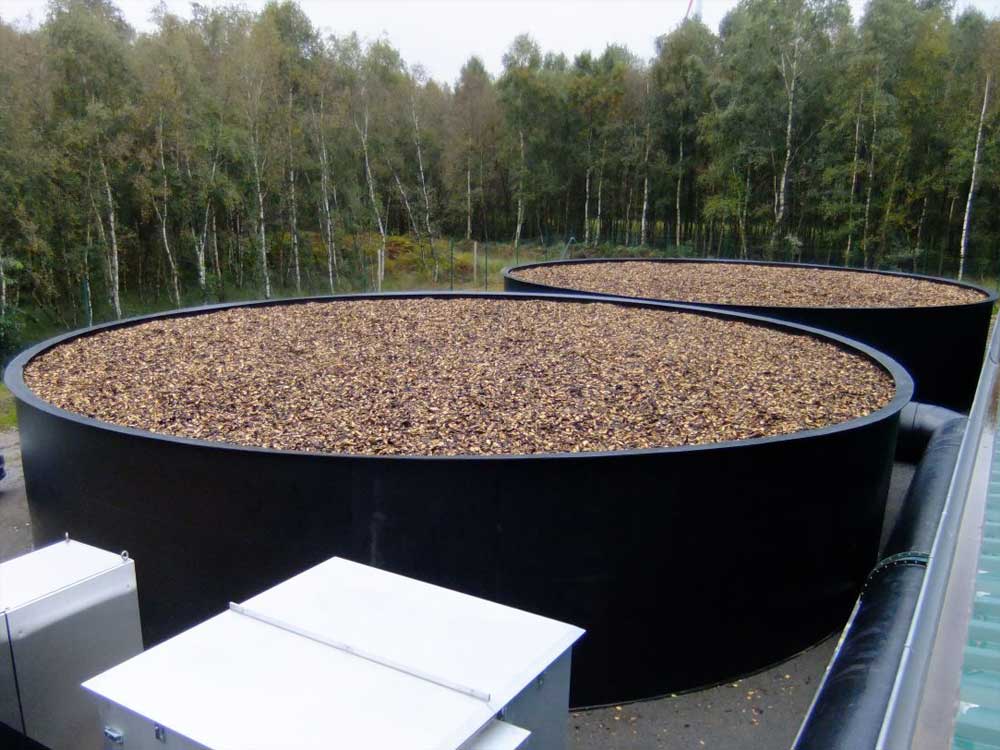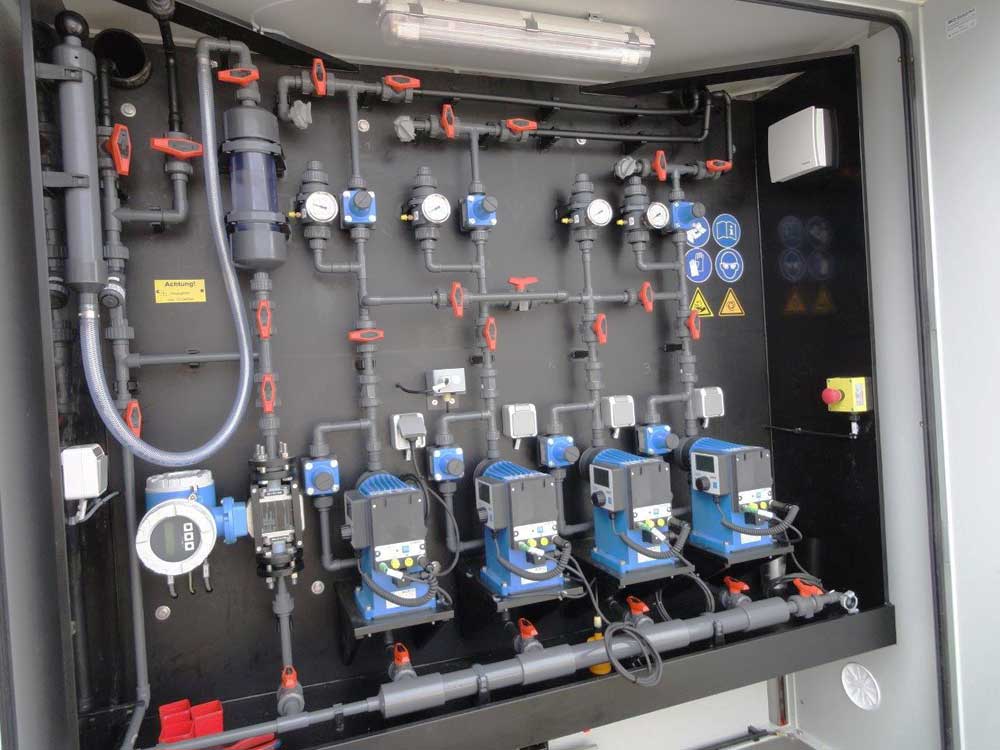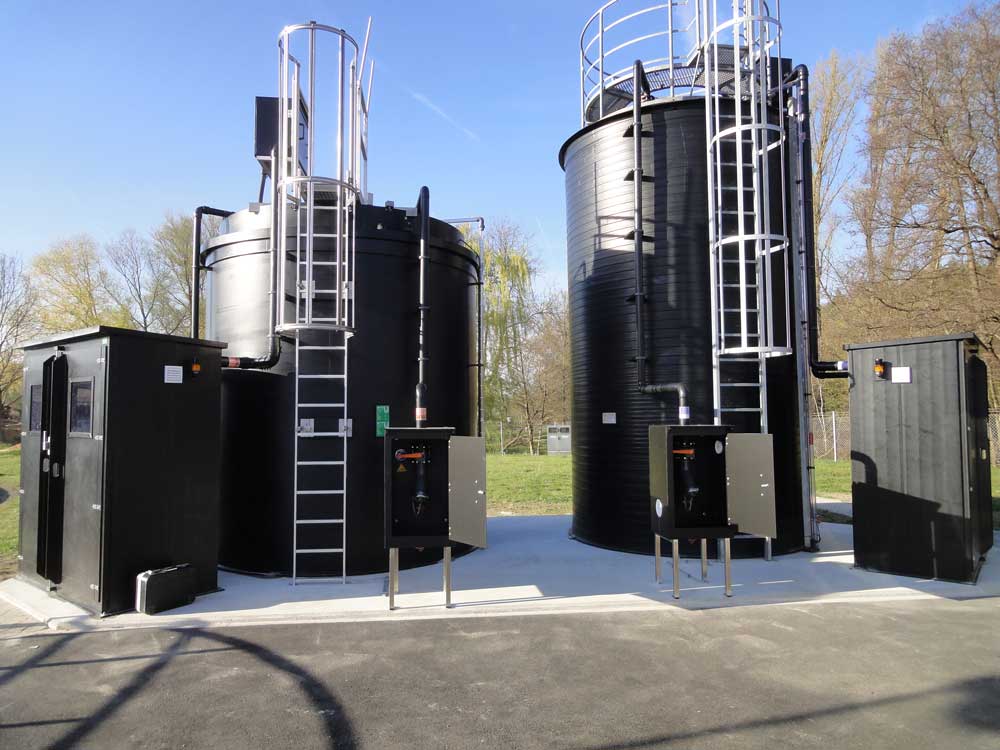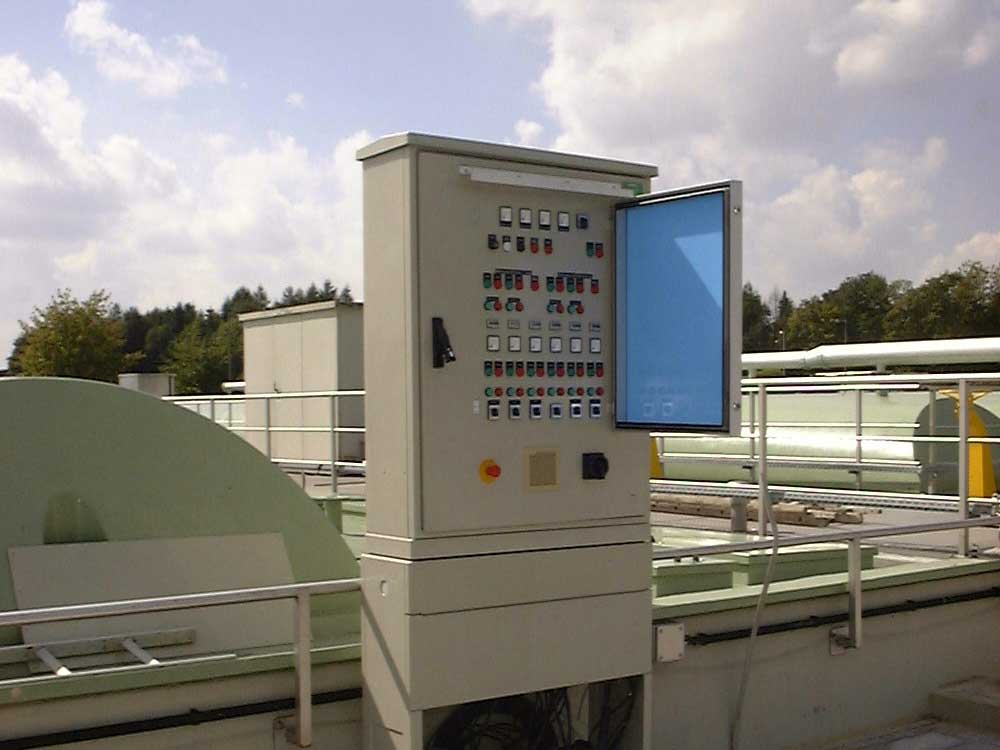Deacidification systems
Adjustment of lime-carbonic acid equilibrium to protect systems and infrastructure
Natural water contains, in addition to various dissolved minerals, bound and free carbon dioxide. The lime-carbonic acid equilibrium of water refers to the chemical balance between the ions of calcium carbonate and carbonic acid. If water contains less carbon dioxide, it is lime separating; if it contains more, it is lime soluble.
The production or maintenance of the lime-carbonic acid equilibrium prevents:
- Calcification of closed pipelines by the precipitation of calcium carbonate (limestone) with an insufficient content of free associated carbonic acid
- Damage to metallic equipment components or pipelines by an excess of aggressive free carbonic acid
The deacidification of drinking and industrial water is thus of great importance.
Online-Request